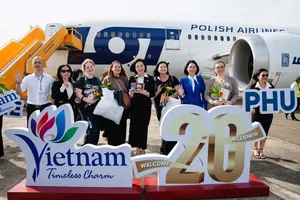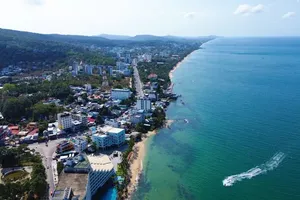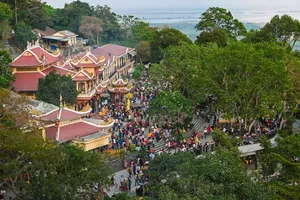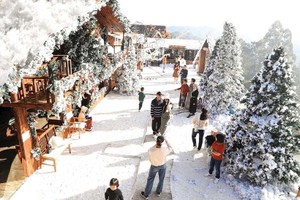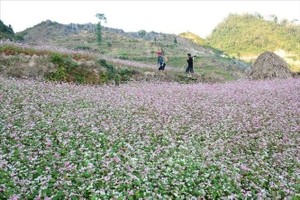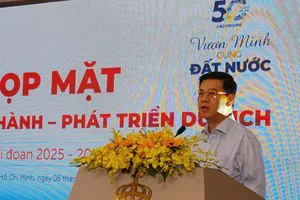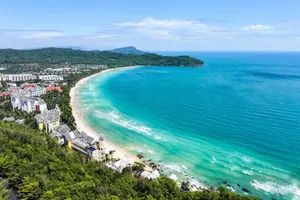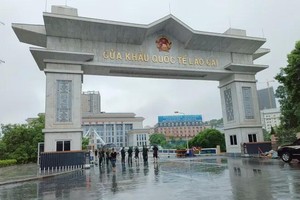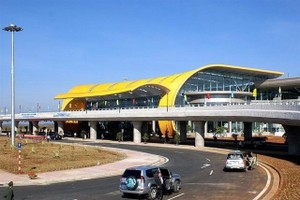Moreover, today’s youth are also becoming interested in the indigenous knowledge when visiting forests, thereby spreading the message of forest protection further.
The attractiveness of indigenous knowledge
Mr. Nguyen Pham Tuan, 22-year-old man living in Dong Hoi City, Quang Binh Province, recently made a trip to Thuong Trach Commune in Bo Trach District and returned with a wealth of accumulated knowledge. For the reason of this trip, Tuan said that his grandfather, a former soldier, had recently returned to his old battlefield so he asked to accompany him. Upon reaching Thuong Trach, he heard stories about the legend of Tam Co Cave, Route 20 - Quyet Thang, and even experienced it firsthand through visiting those places. Only then did he fully absorb all the historical knowledge he had learned.
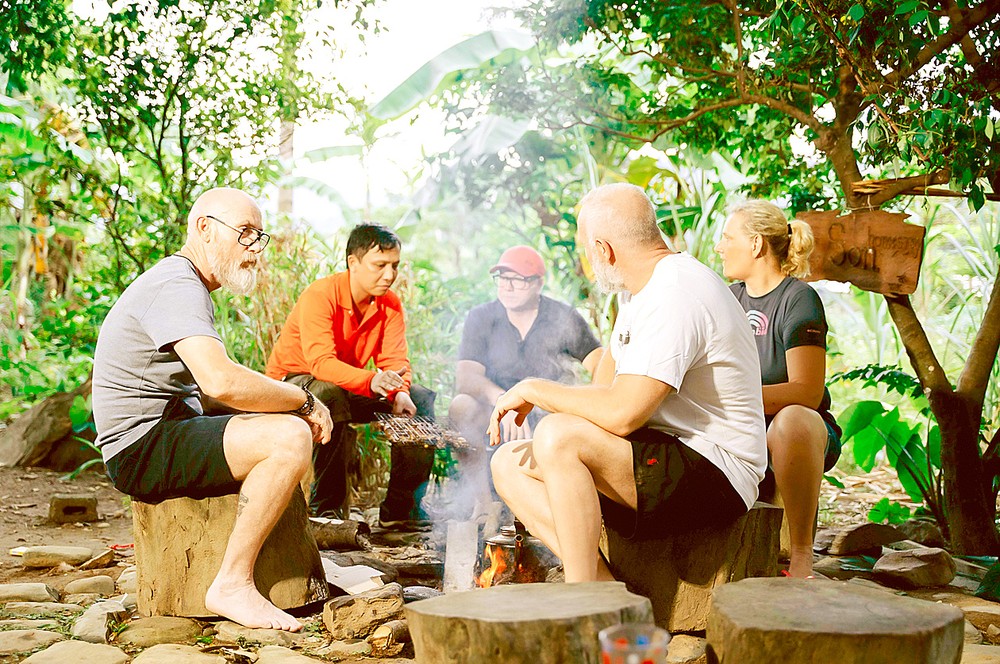
Talking to the Ma Coong people in Thuong Trach, Tuan learned about the traditional drum-breaking festival held every fifteenth day of the first lunar month each year. It is a significant festival that is rich in indigenous knowledge conveyed by the Ma Coong people through the drum-making process, rituals, and the journey of love after the drums are broken.
In the World Biosphere Reserve in western Nghe An Province, there is a popular ancient crape myrtle forest located in Tam Dinh Commune (Tuong Duong District). It's rare to find any primeval forests remaining intact, especially when they are situated right next to National Highway 7A. However, this particular forest has managed to remain completely preserved up to the present day, spanning an area of 241 hectares.
Underneath this forest canopy, right next to the road, various services catering to tourists such as dining, check-in points, and resting areas have been established. On one hand, this generates employment opportunities for residents, while on the other hand, it serves as a “surveillance point” for the forest protection forces.
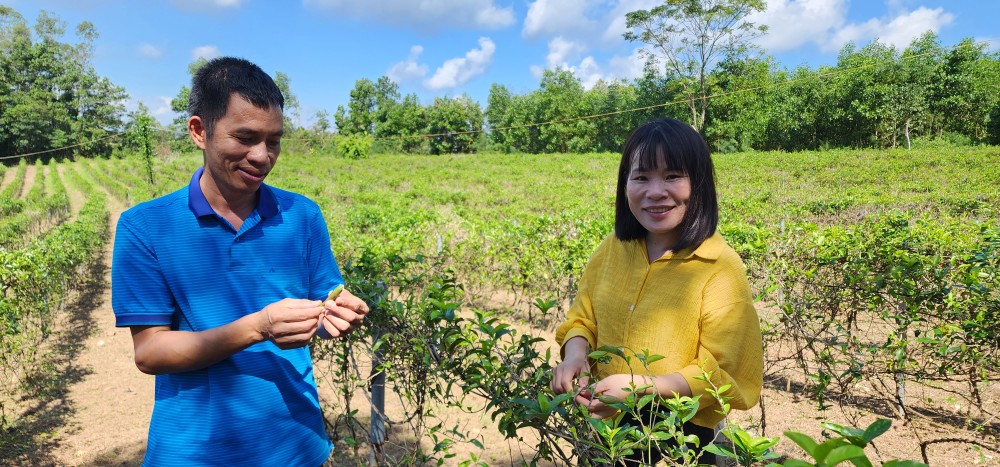
Mr. Nguyen Hai Au, Head of the Forest Management Unit of Tuong Duong District, stated: "When tourists come here and use these services, they also learn about how local people have been protecting the forest for thousands of years up to now. Through this, we also convey the knowledge of forest conservation and protection practices of the highland people to raise awareness of environmental and forest protection."
Meanwhile, in Bach Ma National Park (Thua Thien Hue Province), tourists come here not only to relax, but as Ms. Ha Ai Linh from HCMC mentioned, they also get to learn about the list of rare plant and animal species, exotic flowers and herbs from the guides and locals, which enriches their knowledge. The knowledge that is not just theoretical but needs to be experienced firsthand to truly appreciate the spectacular of nature.
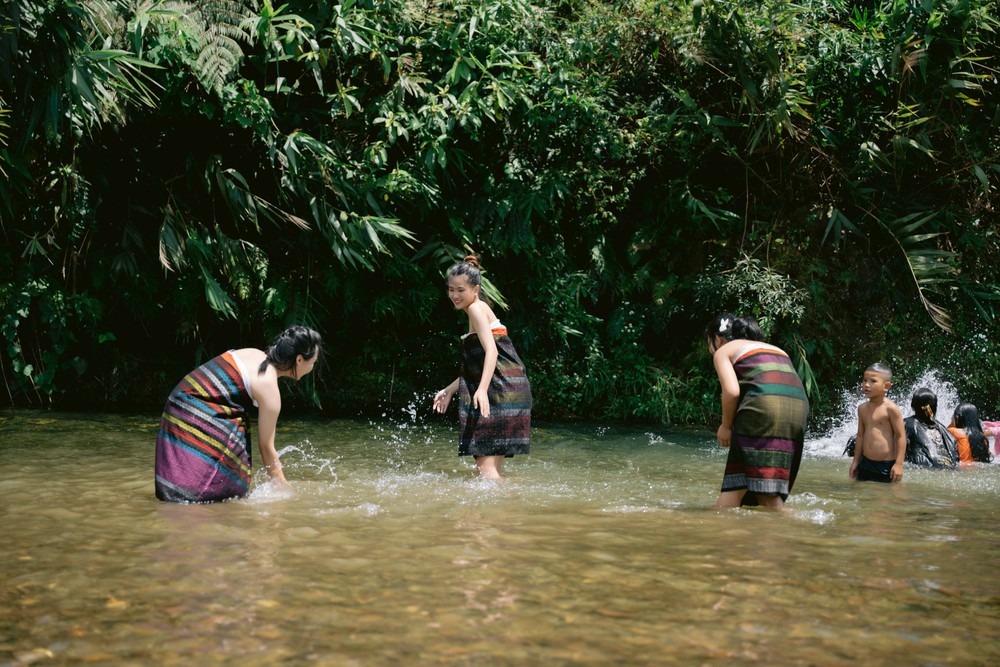
In fact, not only the local people but also the local authorities have been actively involved in promoting indigenous knowledge to leverage its strengths through strategic planning aimed at "greening" forest revenue sources.
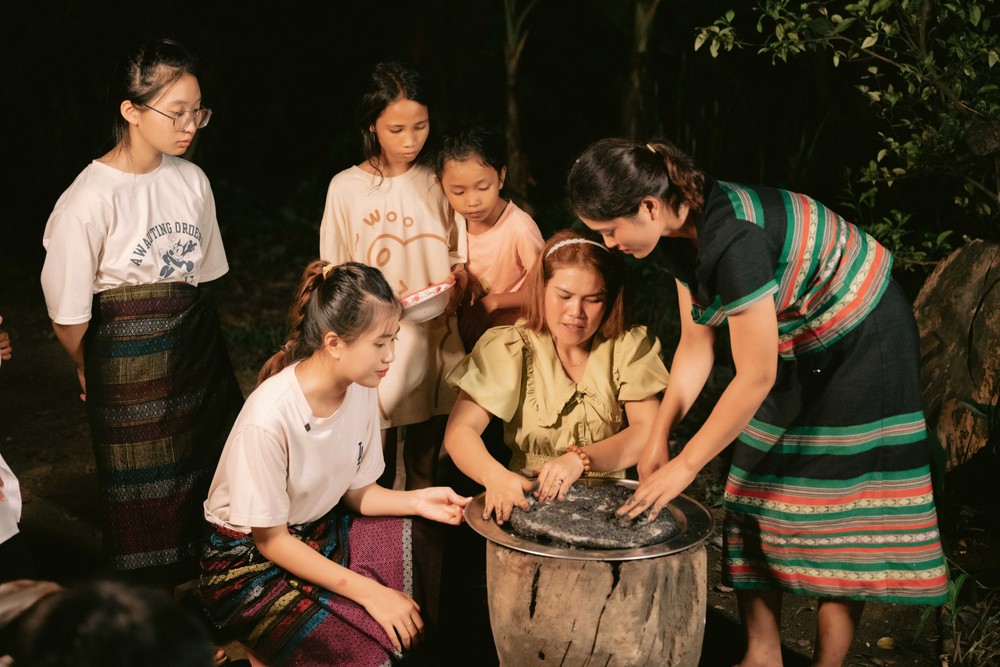
Mr. Lo Van Thang, Vice Chairman of the People's Committee of Ba Thuoc District (Thanh Hoa Province), said: "With the eco-tourism, resort and entertainment project in the special-use forest of Pu Luong Nature Reserve until 2030, with a vision to 2045 approved by the People's Committee of Thanh Hoa Province, their goal is not only to welcome tens of thousands of domestic and foreign tourists but also to ensure that indigenous knowledge of forest preservation methods and living harmoniously with nature of locals will be acquired by the tourists.”
According to Mr. Tran Duy Dung, Chairman of the People's Committee of Nam Tra My District (Quang Nam Province), the district has launched initiatives for each commune to establish community-based cultural tourism villages, creating distinctive local tourism products. In addition, they have invested in training the state management board in tourism and human resources for tourism services. They also provide training and guides for residents in the highland areas on developing community tourism and homestay models.
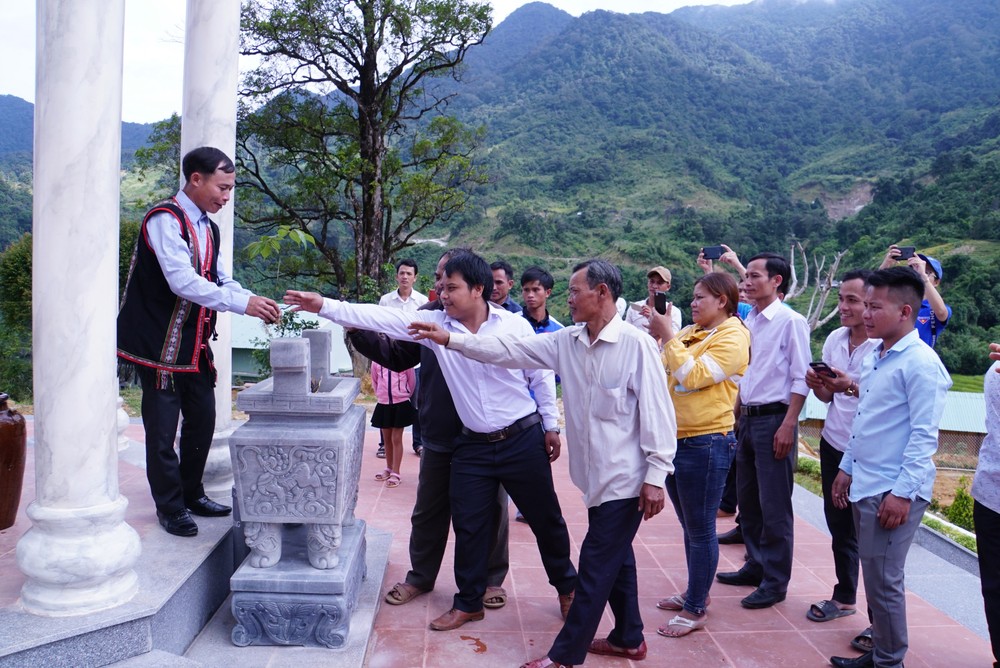
Furthermore, the locals are encouraged to establish cooperatives to jointly exploit local tourism potentials, develop community-based tourism, and promote indigenous knowledge to attract tourists.
Herbal medicine meeting OCOP standards
As the number of tourists visiting forests increases, there is a growing demand for herbal remedies, along with non-timber forest products being increasingly preferred. Thanks to this, the precious herbal resources of Vietnam are being preserved and propagated by local people, ensuring sustainable exploitation.
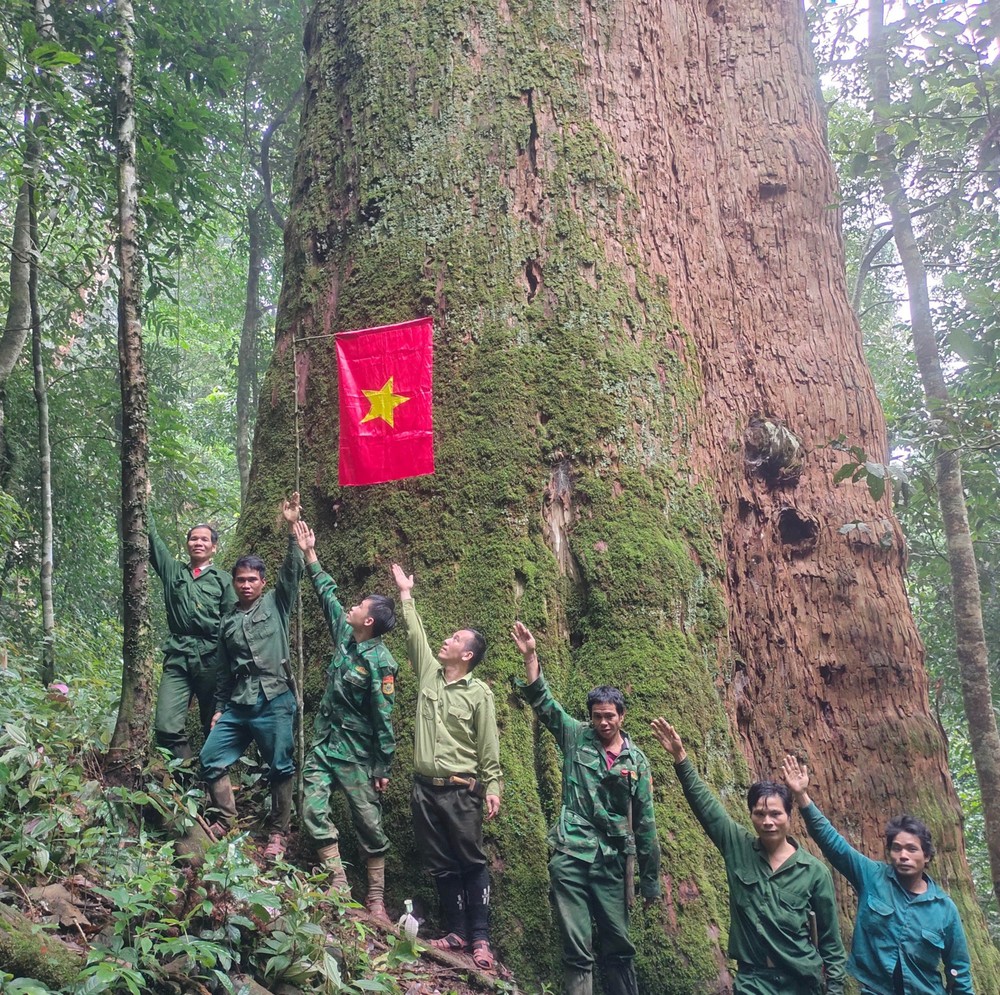
Under the Hoanh Son mountain range, residents of Ky Anh, Ky Thuong, Ky Lac communes (Ky Anh District, Ha Tinh Province), Quang Dong, Quang Chau, Quang Hop, Quang Kim communes (Quang Trach District, Quang Binh Province) are preserving rose myrtle and bayberry trees in their gardens. Harvesting rose myrtle and bayberries has become a source of income, bringing in tens of millions VND per season that helps many locals afford their lives.
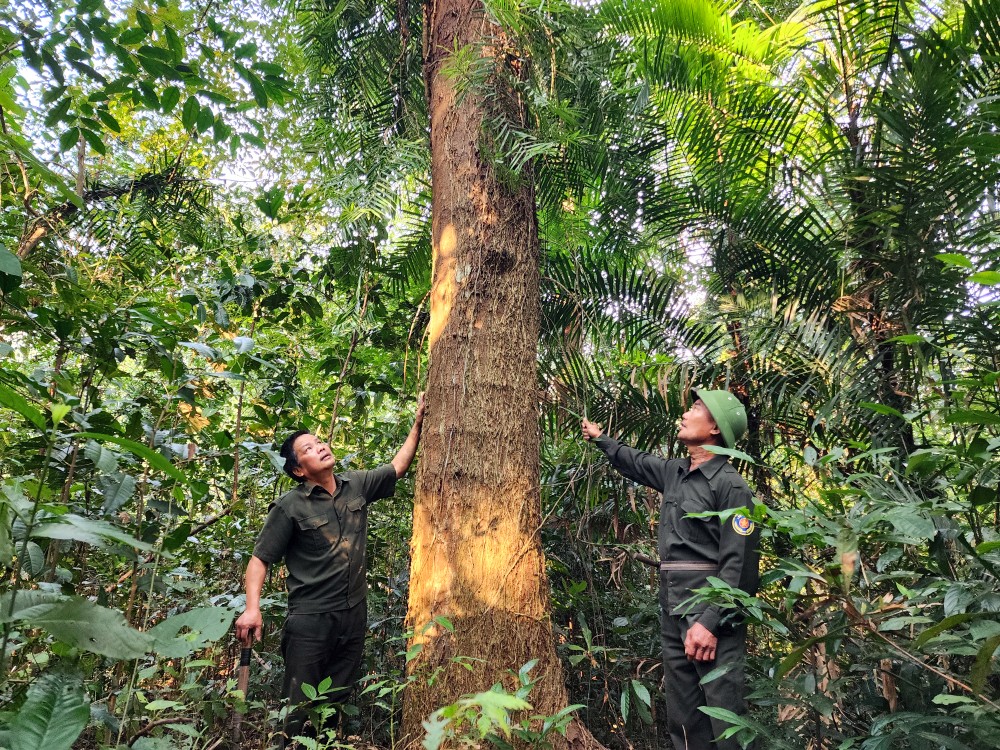
Ms. Pham Thi Lieu (Quang Hop Commune), who used to work as a construction worker, has been a part of the harvesting team in the Hoanh Son range during the ripe fruit season for years. She said that this job has helped her and many locals somehow cover their living expenses and school fees for their children.
In the mountainous district of Huong Khe (Ha Tinh Province), local people have started cultivating Bo Chinh ginseng, a precious type of ginseng, which has brought high income and attracted many workers. According to Mr. Phan Van Sang from Huong Xuan Commune, who cultivates Bo Chinh ginseng, with one hectare of land, it takes 12 months to harvest 200-300 kilograms, with prices ranging from VND250,000-600,000 (US$10-24.2) per kilogram. On average, each hectare yields between VND50-180 million (US$2,018-7,267). "Cultivating medicinal herbs is a sustainable direction under the forest canopy. The ginseng here is being processed for OCOP product recognition (One Commune One Product program)," Mr. Sang firmly said.
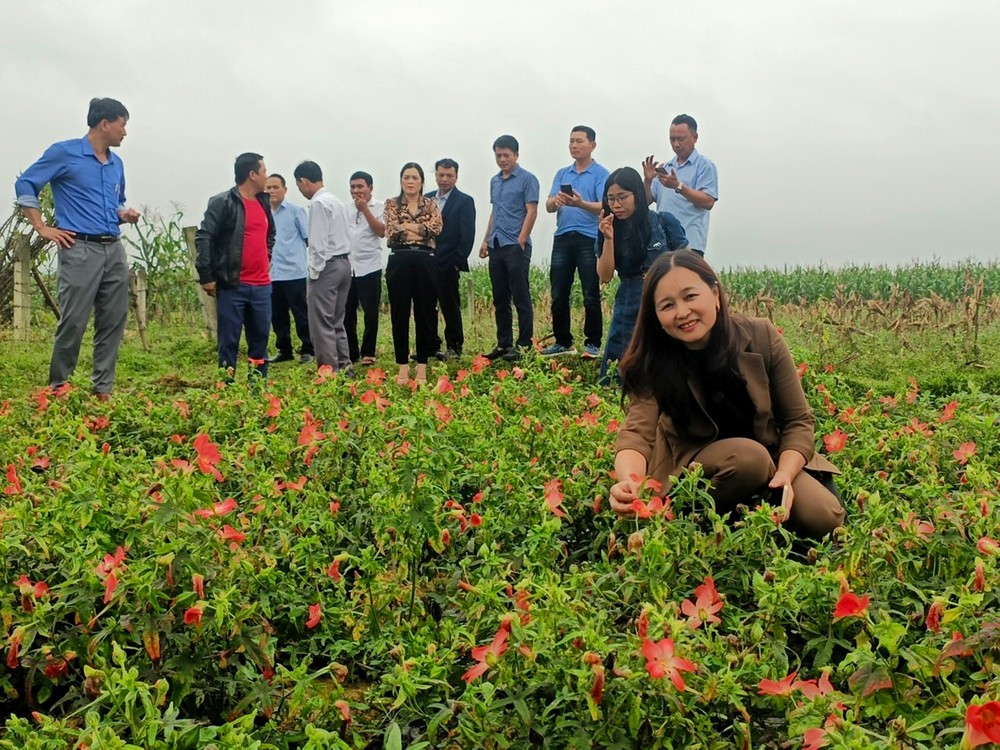
The highland district of Ky Son (Nghe An Province) is endowed with pristine forests on high mountains, where there are many valuable medicinal plants such as seven-leaf ginseng and Puxailaileng ginseng. It's no coincidence that since 1960, the province has established a medicinal plant farm in Muong Long to research various plant species of this region. Recently, the TH Corporation has invested in this area to continue researching and developing those precious herbs as commercial products.
Mr. Tho Ba Re, Vice Chairman of the People's Committee of Ky Son District, said that medicinal plant cultivation under the forest canopy is an approach that the district has embraced. People in some localities such as Na Ngoi, Muong Long, and Tay Son have implemented the cultivation of medicinal herbs, producing several products meeting OCOP standards, such as tea, herbal medicines and mountain ginseng.
Mr. Tran Xuan Cuong, Director of Nettin Limited Company, which operates adventure tourism routes within the Dong Chau - Khe Nuoc Trong Nature Reserve in Quang Binh Province, believes: "Indigenous knowledge is something that tourists find very fascinating.
A Van Kieu resident will know more about many animal and plant species in the region along with their growing process to tell the tourists. They can also explain clearly how the village was formed and share their own knowledge about streams, waterfalls and the surrounding mountains, which are found appealing by the tourists. That is the power of indigenous knowledge.”
In the mountainous region of Cu Nam Commune (Bo Trach district, Quang Binh Province), Mr. Nguyen Thanh Binh has invested in 10 hectares of land to cultivate Solanum procumbens trees – a type of medicinal herb. Until now, there have been many products produced from this fruit such as dried fruit and tea bags, which are sold nationwide.
"I have established an agricultural cooperative. A wide range of products produced from this type of herb are sold with various attractive designs, generating an annual revenue of over VND4 billion (US$161,453). Particularly, the products ensure food safety and meet the 4-star OCOP standard, bringing joy to over 30 employees who have their job opportunities generated by this cultivation” - he added.

